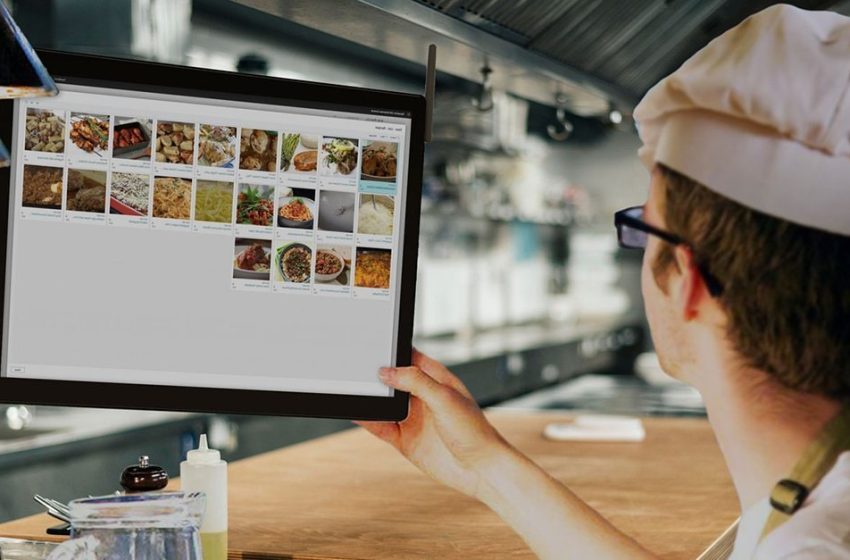Mastering Restaurant Back Office Management: A Comprehensive Guide

Introduction
Running a successful restaurant goes beyond serving delicious meals; it involves efficient management of various backend operations. Restaurant back office management encompasses a wide array of tasks, from inventory management to staff scheduling and financial analysis. In this comprehensive guide, we’ll explore the essential aspects of restaurant back office management, providing actionable tips and insights to streamline your operations and maximize profitability.
Understanding Restaurant Back Office Management
Restaurant back office management refers to the administrative tasks involved in running a restaurant efficiently. It encompasses several key areas, including inventory management, staff scheduling, accounting, and performance analysis. Effective back office management is essential for maintaining smooth operations, controlling costs, and optimizing profitability.
Importance of Efficient Back Office Management
Efficient back office management is crucial for several reasons:
- Cost Control: Proper management of inventory, labor, and other resources helps control costs and improve overall profitability.
- Streamlined Operations: Well-organized back office operations lead to smoother workflows and enhanced productivity.
- Data-Driven Decision Making: Comprehensive data analysis enables informed decision-making, leading to strategic improvements in various aspects of restaurant operations.
Inventory Management
Efficient inventory management is vital for ensuring that your restaurant always has the right ingredients in stock while minimizing waste and controlling costs.
Inventory Tracking Systems
Implementing robust inventory tracking systems can streamline the process of monitoring stock levels, identifying trends, and optimizing ordering.
Vendor Management
Developing strong relationships with reliable vendors can ensure timely deliveries, competitive pricing, and quality products.
Waste Reduction Strategies
Implementing waste reduction strategies, such as portion control and proper storage practices, can minimize food waste and improve profitability.
Staff Scheduling and Management
Optimizing staff scheduling is essential for ensuring adequate coverage during peak hours while controlling labor costs.
Scheduling Software
Utilizing scheduling software can automate the process of creating employee schedules, taking into account factors such as availability and labor laws.
Employee Training and Development
Investing in employee training and development fosters a skilled workforce and enhances customer service, leading to increased customer satisfaction and loyalty.
Financial Analysis
Conducting regular financial analysis provides valuable insights into your restaurant’s performance, helping identify areas for improvement and opportunities for growth.
Profit and Loss Analysis
Analyzing profit and loss statements helps identify revenue trends, cost fluctuations, and areas of inefficiency that may impact profitability.
Budgeting and Forecasting
Developing accurate budgets and forecasts allows for better financial planning and ensures that resources are allocated effectively.
Marketing and Promotion Strategies
Implementing effective marketing and promotion strategies is essential for attracting new customers and retaining existing ones.
Digital Marketing
Utilizing digital marketing channels, such as social media and email campaigns, can reach a broader audience and drive customer engagement.
Loyalty Programs
Implementing loyalty programs rewards repeat customers and encourages customer loyalty, contributing to long-term success.
Conclusion
Mastering Restaurant back office management is essential for ensuring the success and profitability of your establishment. By focusing on areas such as inventory management, staff scheduling, financial analysis, and marketing strategies, you can streamline operations, control costs, and enhance the overall dining experience for your customers.
FAQs
-
How can I improve inventory accuracy? Implementing barcode scanning systems and conducting regular inventory audits can help improve inventory accuracy and reduce discrepancies.
-
What are some effective staff retention strategies? Offering competitive wages, providing opportunities for advancement, and creating a positive work environment are key strategies for staff retention.
-
How can I analyze my restaurant’s financial performance? Utilizing accounting software to track revenue and expenses, and comparing financial data against industry benchmarks can help analyze your restaurant’s financial performance effectively.
-
What are the benefits of outsourcing payroll processing? Outsourcing payroll processing can save time and reduce the risk of errors, ensuring accurate and timely payments to employees.
-
How can I attract more customers to my restaurant? Implementing targeted marketing campaigns, offering promotions and discounts, and providing exceptional customer service can help attract more customers to your restaurant.
-
What role does technology play in restaurant management? Technology plays a crucial role in streamlining operations, enhancing efficiency, and improving the overall dining experience for customers.

